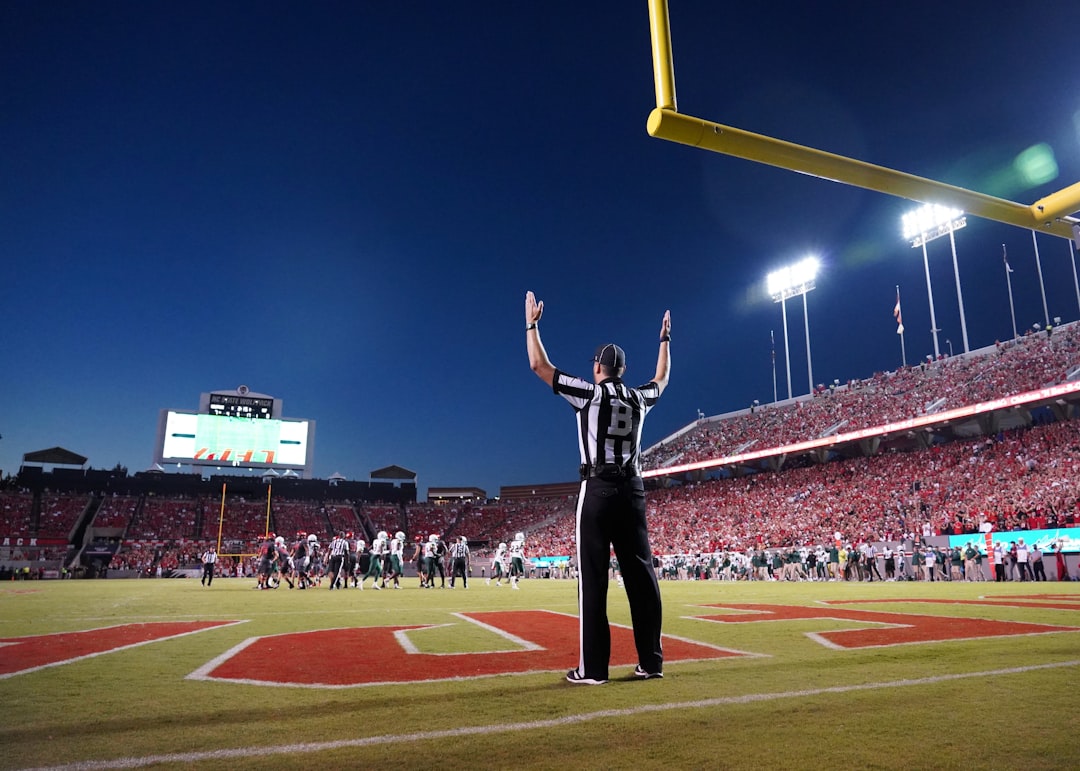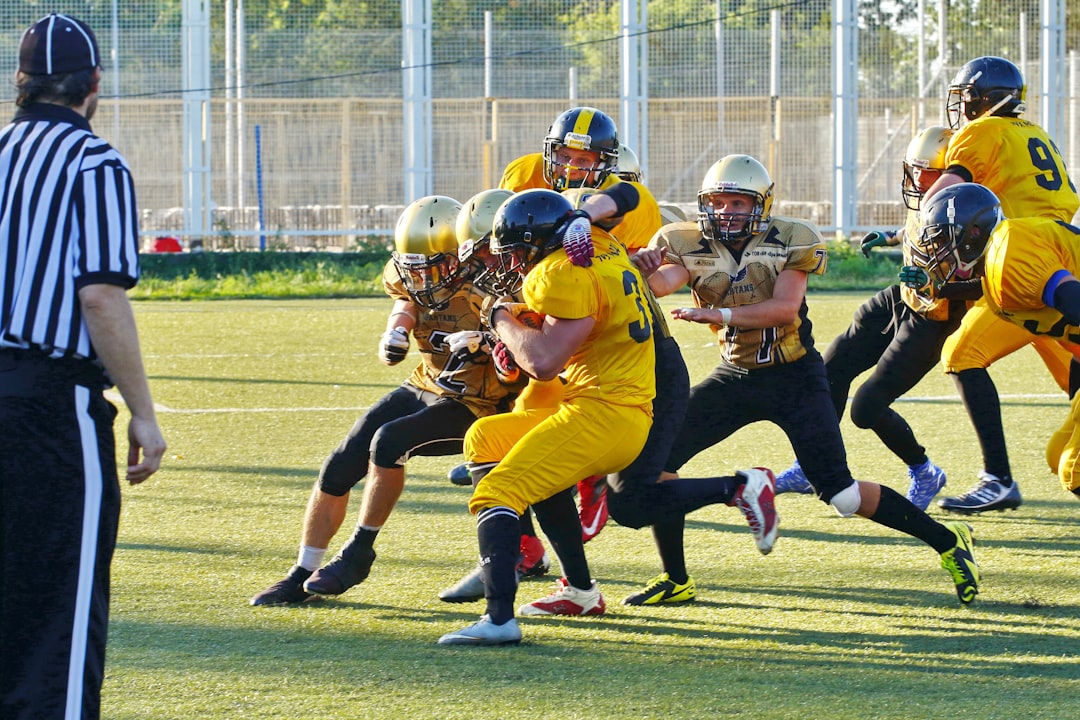American football is undeniably one of the most popular sports in the United States. Each year, millions of fans gather around televisions, fill stadiums, and celebrate the passion and excitement the sport brings. But what is it about American football that captivates the hearts and minds of so many? Examining the sport’s history, cultural significance, and entertainment value sheds light on this phenomenon.
The Roots of American Football
American football evolved from two British sports, soccer and rugby, but quickly developed its unique identity. The sport began gaining traction in the late 19th century, with the first college football game played in 1869 between Rutgers and Princeton. Over the decades, the rules and structure of the game were refined, paving the way for professional leagues like the National Football League (NFL), which was founded in 1920.
Football’s growth coincided with key moments in American history: the rise of national pride, the expansion of media, and the industrial age, which brought people together in urban environments. This historical context helped football embed itself into the cultural fabric of the country.
The Thrill of Competition
One of the key reasons for football’s immense popularity is its ability to deliver high-stakes and intense competition. Whether it’s the physical demands placed on players, the skillful execution of plays, or the strategy employed by coaches, there is an unmistakable drama and energy inherent to the game. From the unpredictable nature of each drive to the possibility of a comeback in the final seconds, football keeps fans on the edge of their seats.
Additionally, the format of the sport enhances its appeal. With each team playing only 17 regular-season games in the NFL, every matchup feels significant. This contrasts with sports like basketball or baseball, where the lengthy seasons can sometimes dilute individual games’ importance. The limited number of games ensures that each one carries weight and generates substantial excitement.

Community and Cultural Significance
Football is not just a sport in the U.S.; it is a shared experience. From Friday night high school games to Saturday college showdowns and Sunday NFL matchups, football unites people in communities big and small. High school football, in particular, is a cornerstone of small-town America, creating a sense of pride and identity for many communities.
At the college level, rivalries like Michigan vs. Ohio State or Alabama vs. Auburn carry decades of tradition and stir deep emotions among fans. These games aren’t just athletic competitions; they’re cultural events that bring people together, regardless of their differences.
Moreover, the NFL’s premier event, the Super Bowl, exemplifies how deeply football is woven into American culture. As one of the most-watched television broadcasts every year, the Super Bowl combines sports, entertainment, and marketing, making it must-see TV for even those who aren’t avid football fans.
Television and Media Influence
The rise of television played a pivotal role in football’s success. The sport’s stop-and-start nature fits perfectly with television broadcasting, allowing networks to include commercial breaks while keeping viewers engaged. Innovations like instant replays, detailed analysis, and excellent camera angles have enhanced the viewing experience, bringing fans closer to the action than ever before.

Furthermore, fantasy football and other interactive elements have deepened fan engagement. Fans now feel more involved in the games as they track players’ performances, make predictions, and compete with friends. This interactive aspect has expanded the sport’s appeal to a broader audience, including younger generations.
Physicality and Spectacle
American football stands out for its physicality and sheer spectacle. Fans are drawn to the power and athleticism of players, whether it’s a quarterback throwing a perfect pass, a wide receiver making an acrobatic catch, or a defender executing a bone-crushing tackle.
The pageantry surrounding football games also contributes to their allure. Marching bands, cheerleaders, pregame ceremonies, and halftime shows create an experience that transcends the sport itself. For many, attending or watching a football game is as much about the overall atmosphere as it is about the game on the field.

FAQ
- Why is American football more popular than soccer in the U.S.?
- Soccer, while growing in popularity, lacks the historical roots and cultural significance that football has cultivated over more than a century. Additionally, football’s emphasis on fast-paced action and physicality resonates with American audiences.
- How has fantasy football contributed to the sport’s popularity?
- Fantasy football allows fans to engage with the sport in a more interactive way by drafting players and competing with friends. This has broadened the sport’s appeal, particularly among younger audiences and those who might not otherwise follow football closely.
- What makes the Super Bowl special?
- The Super Bowl is more than just a football game; it’s a cultural event. With high-profile performances, commercials, and intense matchups, it appeals to both die-hard fans and casual viewers. Its status as the NFL championship game also captures the culmination of the season’s excitement.
